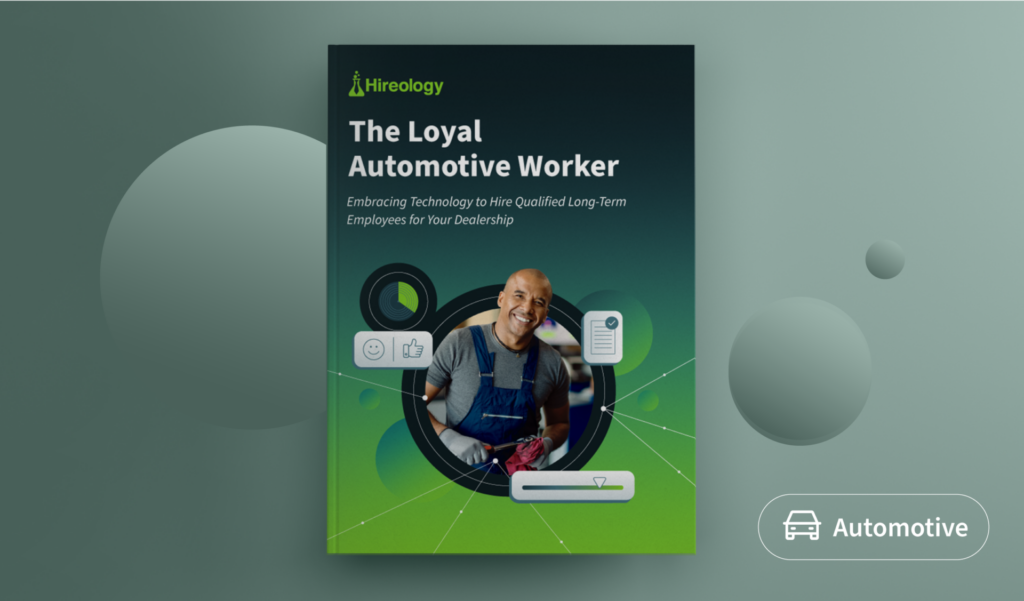Your high turnover rate isn’t related to your wages. Your workers are leaving because they’re exhausted physically and mentally, stressed, and burned out.
Many healthcare workers don’t have the tools and resources they need to handle these overwhelming feelings. As employers, it’s your job to help your employees manage these emotional side effects of their roles — especially if you want to keep them on your team.
Why is self care so important for healthcare workers?
You can’t give from an empty cup — and if your workers aren’t taking the time to care for themselves, they’re going to be scraping the bottom and burning out before you know it. Burnout is a work-related condition that develops when workplace conditions contribute to reduced job performance, increased exhaustion both mentally and physically, and cynicism about work.
But burnout isn’t the only reason healthcare workers need to take care of themselves; another condition, called compassion fatigue, can negatively affect their work performance. These two conditions are so dangerous that the World Health Organization has identified that the pair can lead to patient and coworker harm if not recognized and remedied.
4 ways healthcare workers can practice self care
Self care doesn’t always happen off the clock. Instead of letting your staff bottle up their emotions to deal with later when they’re at home, we’ve compiled a list of four strategies you can share with your team to help them practice self care no matter where they are. The best part? These tactics are quick, easy, and don’t require any props to complete.
Practice “the pause”
In times of high stress, it can be beneficial to take a moment to pause — literally. Encourage your healthcare employees to take a moment during their day when they feel stress creeping up to stop, gather their thoughts, take a deep breath, and reflect on what’s going on around them. This doesn’t need to be a prolonged period of time; all they need is 30 – 60 seconds to themselves for this tactic to work.
The pause was developed by a nurse in the emergency room at the University of Virginia. Since then, research has shown that intentionally pausing for just 45 seconds allows our bodies and minds to become more connected and present in the moment. The pause is a great resource for workers in long term care facilities to utilize when they’re feeling stretched too thin or need a moment to collect themselves.
Breathe intentionally
Perhaps in conjunction with the pause, you could encourage your healthcare workers to remember to intentionally breathe during their shifts. There are a couple of different techniques they could choose to use, but both perform the functions of increasing the vagal tone and decreasing feelings of physical stress. The vagal tone tells us how the vagus nerve is functioning and is measured by heart rate variations. A low vagal tone is associated with poor emotional and attentional regulation; it is also a market of sensitivity to stress. A high vagal tone is associated with lower blood pressure, improved blood sugar regulation, improved digestion, better mood, reduced anxiety, reduced risk of stroke and cardiovascular disease, and ultimately, is an indicator that one can relax faster.
To reap these benefits, encourage your workers to practice either the 4-7-8 breathing technique or box breathing. Both of these can be performed anywhere, at any time, making them a great tool to equip your team with. The 4-7-8 technique has users breathe in for a count of four, hold that breath for a count of seven, and then exhale to the count of eight. Box breathing is extremely similar, but with counts of four for each inhale, hold, and exhale.
Gentle stretches
Moving your body is a great way to reestablish the mind-body connection — but you don’t always have to lay down a yoga mat to reap the benefits. Instead, focus on empowering your teammates to gently stretch before, during, and after their shift. Your workers won’t need to get on the floor at all; they can even do these stretches in a chair if they can find a spare moment to sit during their shift.
Some examples of gentle stretches that you can share with your staff include an easy ear to shoulder stretch, where they bend their neck one way then the other. This helps stretch muscles in the neck that can hold onto stress. Another good stretch is an overhead arm reach with a slight bend at the waist. This elongates the muscles in the core and in the arms, loosening them up and getting rid of lingering tension. We all know that moving our bodies is good for us, but it doesn’t always have to be a full on workout to achieve the results we’re looking for.
Practice gratitude
Perhaps one of the most pervasive tactics on this list is to encourage your staff to develop a gratitude practice. In our everyday lives, it’s all too easy to focus on the negative that occurs and overlook all the positive things that happen. In fact, Barbara Fredrickson, a psychologist who specializes in the power of positivity, has said before that the negative screams at us while the positive whispers. This strategy can improve your staff’s overall happiness — and it’s simple to do!
Challenge your team to find three things every shift that they’re thankful for. Examples of these positive moments could include a lonely patient having visitors, another CNA assisting during a difficult task, or a patient being particularly amenable. There are silver linings to find every day; you just need to encourage your team to see the positive.
Ready to help your healthcare workers tackle fatigue?
Empowering your team to take care of themselves has multiple benefits. Your facility’s staff is empowered to take care of themselves mentally and physically to avoid burnout while continuing to provide great care to their patients, while you can make a positive impact on your retention rates. Giving your staff the tools to practice self care is only a part of the solution — healthcare workers want more. Learn how you can invest in your employees’ growth and improve your bottom line by downloading this guide.




